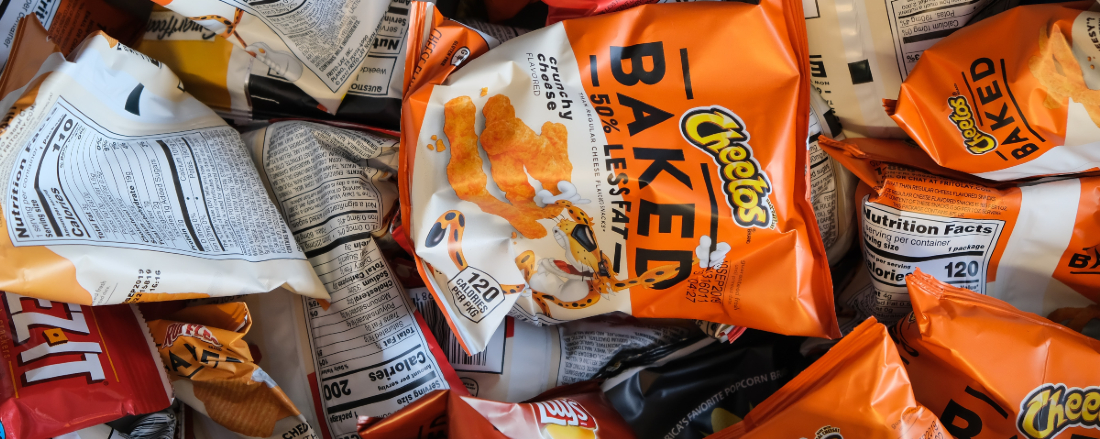
In the News
Junk Food Ads Are Still Targeting Kids of Color
- Vice News
-
Focus Areas
Chronic Disease Prevention, Healthy Communities -
Expertise
Media Advocacy & Communications -
Programs
Berkeley Media Studies Group

Takis, the popular tortilla chip, has for years promoted a simple if counterintuitive message: “Don’t eat Takis.” The odd directive can be found all over—there are posters, a website, even a jingle.
When college students Christal Yu and Ang Lama came across the ad campaign, they decided to take the company at its word. Instead of buying into the reverse psychology of the “Don’t eat Takis” slogan, Lama and Yu created their own marketing campaign encouraging teens to ditch the high-sodium snack altogether.
Yu and Lama, now 23 and 19, respectively, were working on counter-marketing strategy as part of the City University of New York’s Food Justice Leadership Fellowship, which trains young people to counter the blitz of fast-food marketing. The two landed on Takis because the snack was ubiquitous in their New York high schools and because it embodied junk food companies’ problematic marketing strategy: to target Black and brown youth, without communicating any of the well-established health risks.
So Lama and Yu did what any angry young people might: They made memes, including using a popular format to depict the actor John Cena saying, “They can’t see me poisoning low-income Black and brown teens to make money from Takis.”
For Black and Latino communities that already have higher rates of diabetes and obesity, fast-food advertising adds another layer to intergenerational health inequities. Black children and teens viewed about 75 percent more fast-food TV ads in 2019 than their white peers, up from 60 percent more in 2012, according to a June report from the University of Connecticut’s Rudd Center for Food Policy and Obesity. The report also found that between 2012 and 2019, fast-food restaurants increased ad spending on Spanish-language TV by 33 percent, and the number of ads viewed by Hispanic preschoolers and children increased 2 percent and 7 percent, respectively. (While there isn’t much data on fast-food marketing to Asian youth, the Rudd report notes a recent uptick in fast-food restaurants near less affluent schools with student bodies predominantly of color.)
A May report from the Center of Digital Democracy (CDD) found that communities of color have “buying power” of $3.9 trillion, with the fast-food industry lured by their relative youth, since they have a lower median age than white Americans. “Young people are at the forefront of using digital media, and young people of color, based on surveys, are often at the forefront of the forefront,” says CDD director Jeffrey Chester.

The huge targeting capabilities make social media companies major players in marketing to kids too. The biggest marketers to kids right now are Google and Facebook.Lori Dorfman, director, PHI’s Berkeley Media Studies Group
Click below to read the full story in Vice.
Originally published by Vice News
More Updates
Work With Us
You change the world. We do the rest. Explore fiscal sponsorship at PHI.
Support Us
Together, we can accelerate our response to public health’s most critical issues.
Find Employment
Begin your career at the Public Health Institute.



